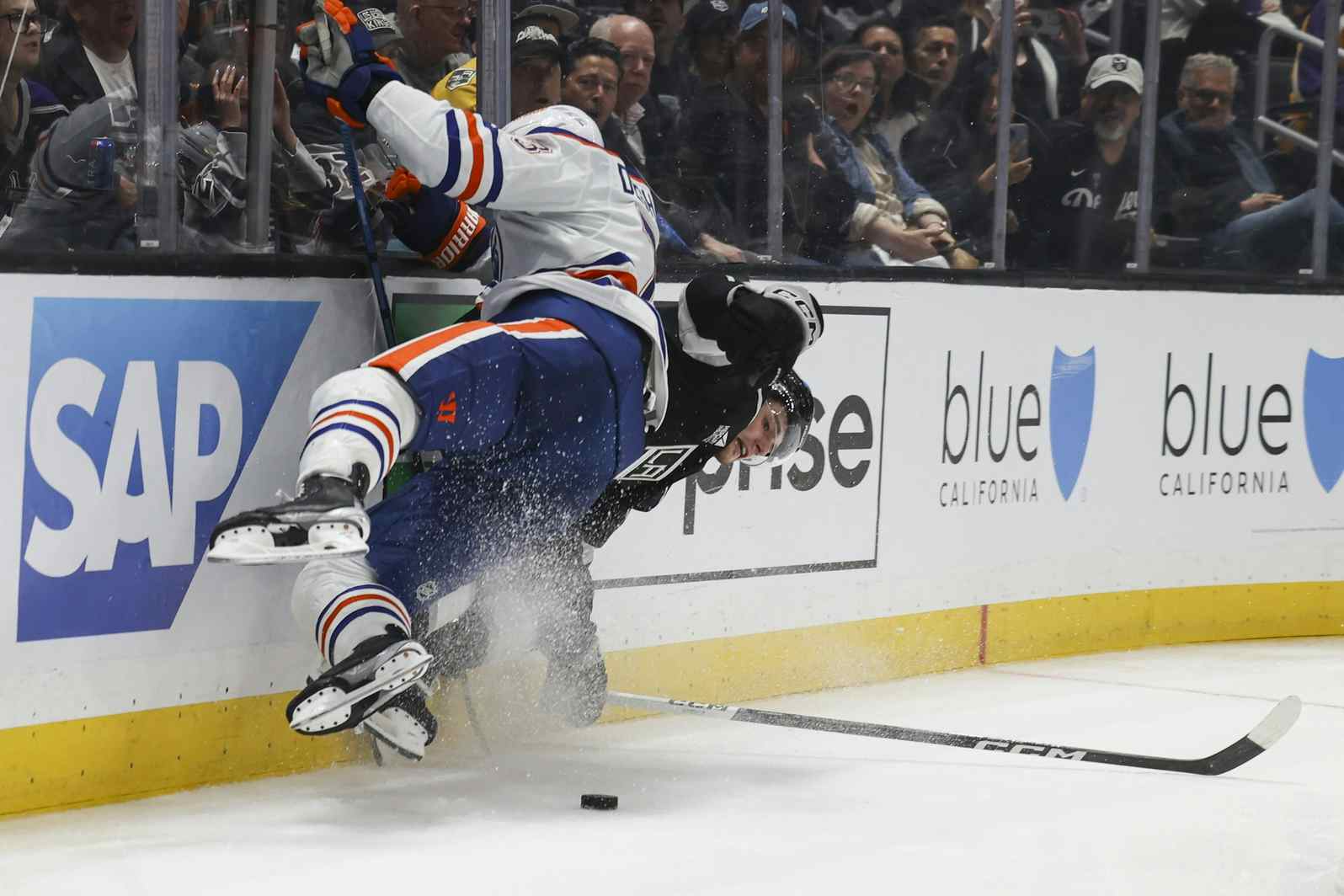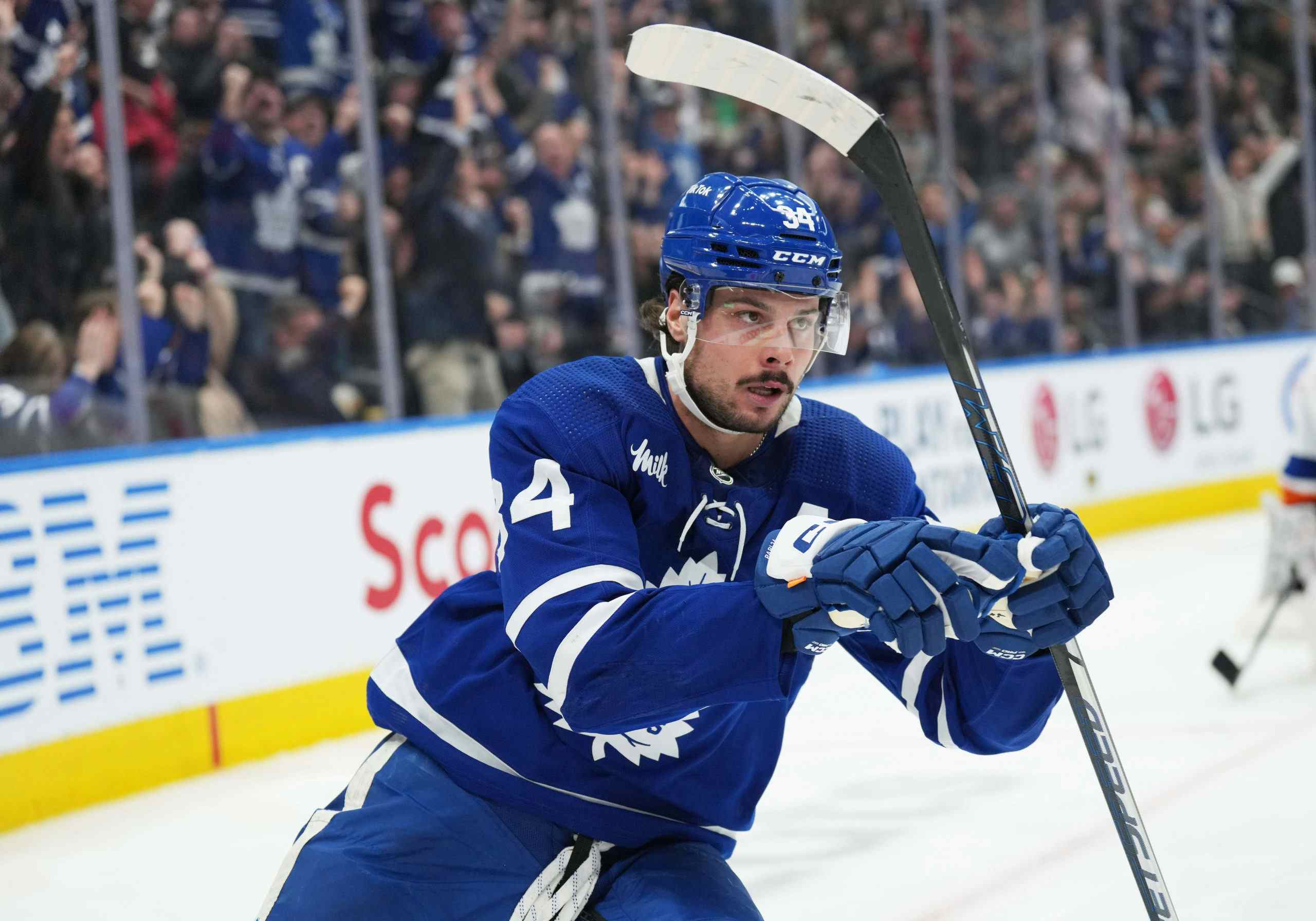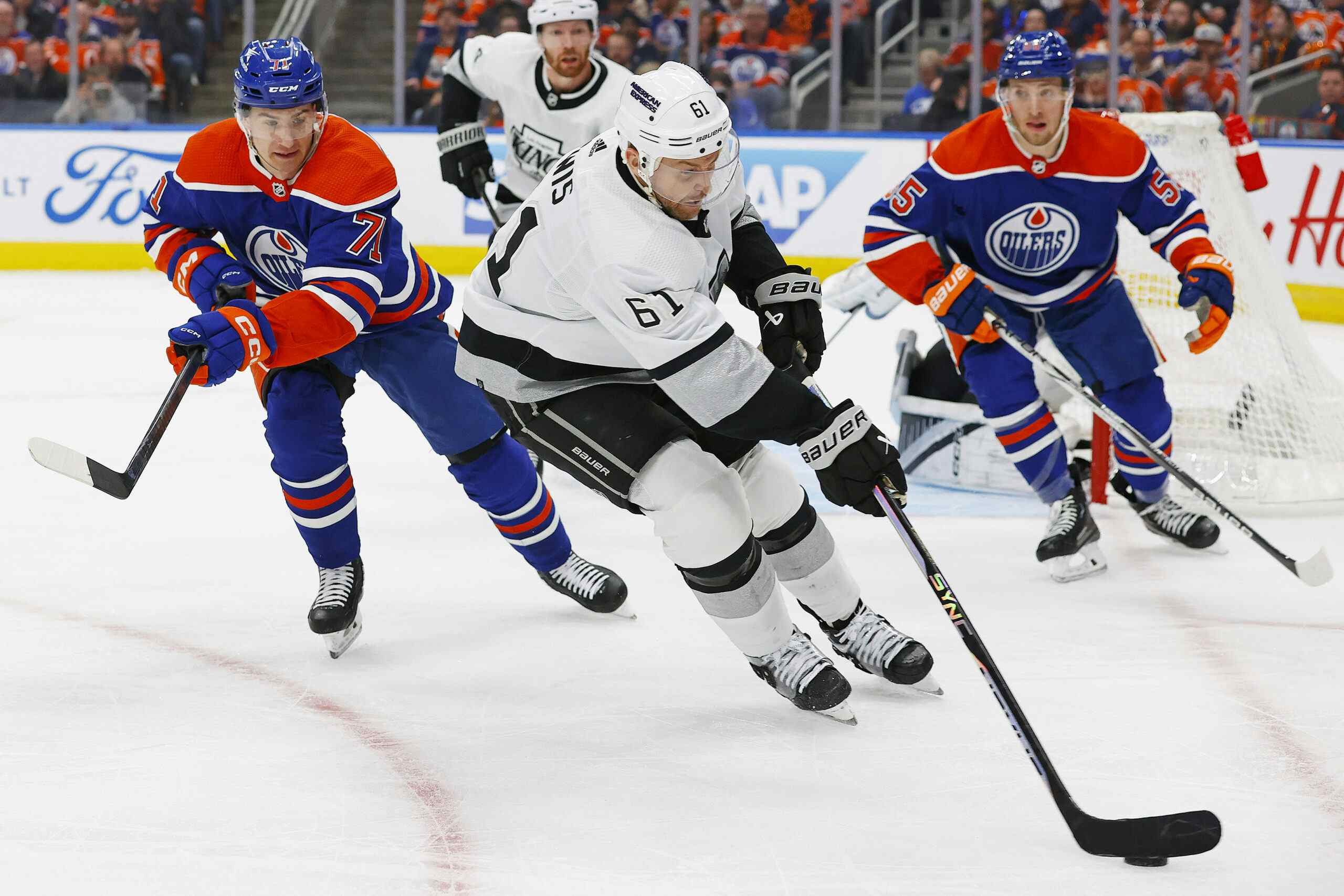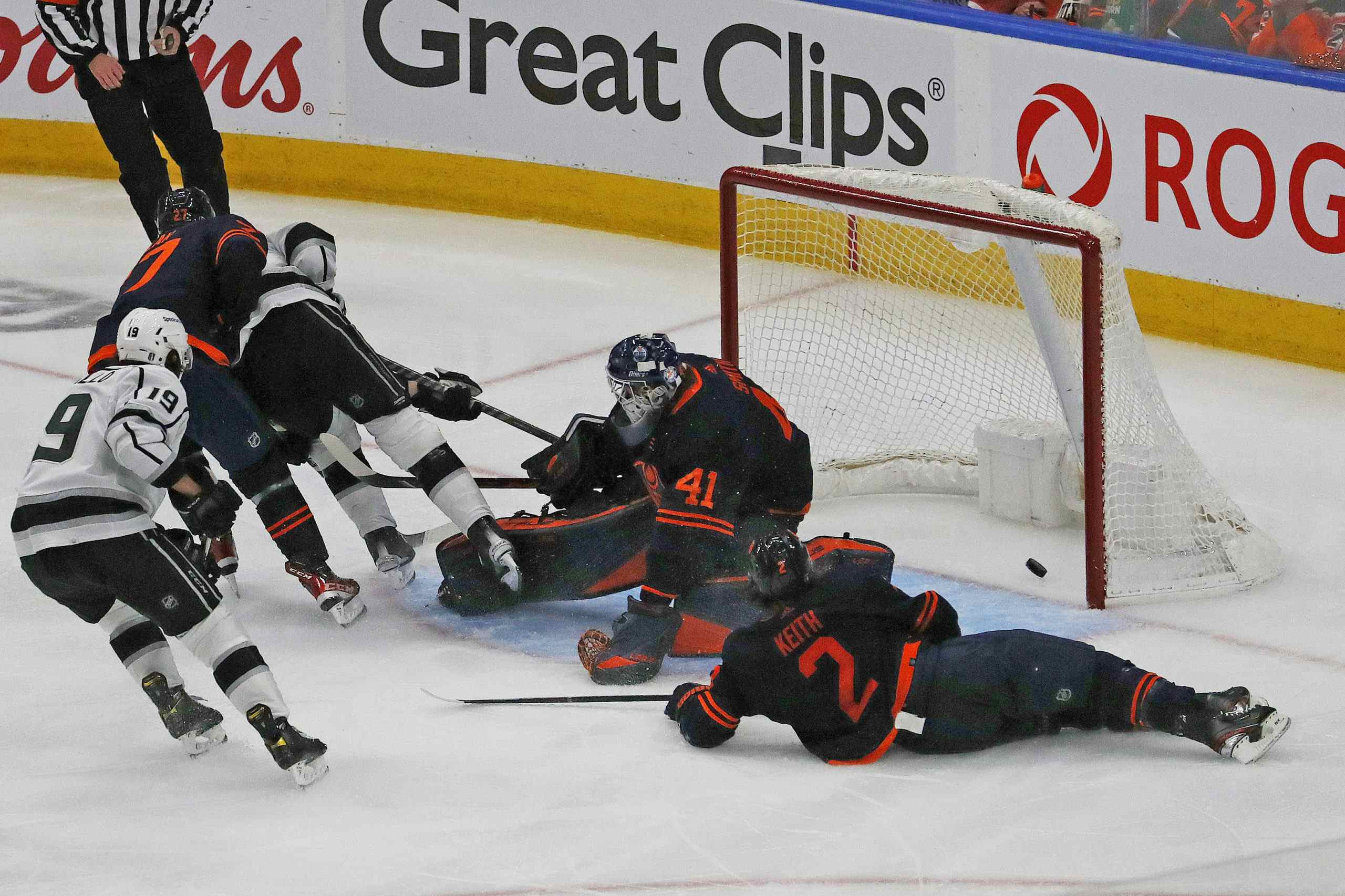Is Patrick Maroon for real?

One commonly cited statistic with regard to Patrick Maroon’s
transformation in Edmonton is his goals total. After scoring 26 goals in 204
games with Anaheim, he now has 26 goals in just 63 games with the Oilers.
transformation in Edmonton is his goals total. After scoring 26 goals in 204
games with Anaheim, he now has 26 goals in just 63 games with the Oilers.
The other way of putting that is that after scoring 26 goals
on his first 300 shots (8.7 shooting percentage) he now has 26 goals on his
last 144 shots (18.1 shooting percentage). Normally, this sort of thing does
not end well, but is there reason to think that Maroon could be an exception to
the rule?
on his first 300 shots (8.7 shooting percentage) he now has 26 goals on his
last 144 shots (18.1 shooting percentage). Normally, this sort of thing does
not end well, but is there reason to think that Maroon could be an exception to
the rule?
The Data

To answer that question, I decided to go looking for players
who enjoyed a big shooting percentage spike between the ages of 26 and 30. I
set the minimum parameters as 100 shots and a 12.0 shooting percentage between
the years 2005 and 2015, ending up with a list of 322
player-seasons.
who enjoyed a big shooting percentage spike between the ages of 26 and 30. I
set the minimum parameters as 100 shots and a 12.0 shooting percentage between
the years 2005 and 2015, ending up with a list of 322
player-seasons.
The next step was to eliminate players who had a history of
a high shooting percentage. Maroon’s shooting percentage has spiked by nearly
10 points, so I decided to keep only those players who had improved on their
career numbers by at least five percentage points—meaning anyone with less than
half the improvement Maroon showed was removed from consideration. I also nixed
players with a gradual ramp-up. A young player with terrible numbers early but
strong numbers at 24 or 25 (like Ryan Kesler) also wouldn’t be included,
because he didn’t have the same kind of mid-career outburst that Maroon has.
a high shooting percentage. Maroon’s shooting percentage has spiked by nearly
10 points, so I decided to keep only those players who had improved on their
career numbers by at least five percentage points—meaning anyone with less than
half the improvement Maroon showed was removed from consideration. I also nixed
players with a gradual ramp-up. A young player with terrible numbers early but
strong numbers at 24 or 25 (like Ryan Kesler) also wouldn’t be included,
because he didn’t have the same kind of mid-career outburst that Maroon has.
I’ve also tried to capture cases that exactly reflect Maroon’s,
where a midseason trade prompted the breakout, by lumping the season and a bit
with the new team together rather than waiting until the next year.
where a midseason trade prompted the breakout, by lumping the season and a bit
with the new team together rather than waiting until the next year.
This reduced my list of 322 to just 37. As a group, they
fired at a 9.6 percent clip prior to their breakout years, spiked to 16.0
percent in their great season, and then fell back to an average of 11.1 percent
over their next three campaigns.
fired at a 9.6 percent clip prior to their breakout years, spiked to 16.0
percent in their great season, and then fell back to an average of 11.1 percent
over their next three campaigns.
The group results are exactly in-line with what a reasonable
analyst would predict:
analyst would predict:
- Group shot rate, pre-breakout: 2,359 goals on 24,511 shots =
9.6 SH% - Group shot rate, breakout year: 1,000 goals on 6,259 shots =
16.0 SH% - Combined
breakout/pre-breakout = 3,359 goals on 30,770 shots = 10.9 SH% - Three years
post-breakout = 1,843 goals on 16,616 shots = 11.1 SH%
For the population as a whole, it makes sense to ignore the peaks
and valleys and just focus on career numbers, which almost exactly predicted
what was to follow in the next three seasons.
and valleys and just focus on career numbers, which almost exactly predicted
what was to follow in the next three seasons.
The Exceptions

That’s the population data as a whole, though, and of course
there were outliers. The thing now is to see whether Maroon looks like an
exception or like one of those players bound to fall back into the pack.
there were outliers. The thing now is to see whether Maroon looks like an
exception or like one of those players bound to fall back into the pack.
The first thing I did was look at the whole population to
see if there were things that predicted which players would fall harder to
Earth, and the results surprised me a little. There weren’t any spectacular
links, but I was surprised to find that in my group of players older skaters
(r2 = 0.04) and players with a bigger shooting percentage spike (r2 = 0.07)
were more likely to retain their growth. Those things both favour Maroon, who
is older than the group average (28 as opposed to 27.4) and had a bigger
shooting percentage gain (9.4 percent vs. 6.6 percent).
see if there were things that predicted which players would fall harder to
Earth, and the results surprised me a little. There weren’t any spectacular
links, but I was surprised to find that in my group of players older skaters
(r2 = 0.04) and players with a bigger shooting percentage spike (r2 = 0.07)
were more likely to retain their growth. Those things both favour Maroon, who
is older than the group average (28 as opposed to 27.4) and had a bigger
shooting percentage gain (9.4 percent vs. 6.6 percent).
The next thing I did was look at the exceptions. For the
most part the exceptions tended to have a couple of things in common. One was
an increase in role and linemate quality, while the other was often a new or
expanded role on the power play.
most part the exceptions tended to have a couple of things in common. One was
an increase in role and linemate quality, while the other was often a new or
expanded role on the power play.
Both of these again apply to Maroon. He’s averaged 16
minutes per game in Edmonton, three and a half more than he played with the
Ducks. He’s also played a greater percentage of his time as an Oiler with
Connor McDavid than he did with Ryan Getzlaf in Anaheim. His average power play
time has increased by nearly 20 percent and all these indicators continue to
trend upward.
minutes per game in Edmonton, three and a half more than he played with the
Ducks. He’s also played a greater percentage of his time as an Oiler with
Connor McDavid than he did with Ryan Getzlaf in Anaheim. His average power play
time has increased by nearly 20 percent and all these indicators continue to
trend upward.
What Does It All
Mean?

There are a range of probable outcomes for Maroon.
The unlikely end of the scale would see him settle in as an
18 percent shooter long-term. Nobody in my study managed that kind of transformation,
though Alex Burrows held his run together for a few years and did most of it at
5-on-5. Burrows was riding shotgun for the Sedins in those years and his
goal-scoring acumen was almost entirely their creation, as his even-strength splits
show:
18 percent shooter long-term. Nobody in my study managed that kind of transformation,
though Alex Burrows held his run together for a few years and did most of it at
5-on-5. Burrows was riding shotgun for the Sedins in those years and his
goal-scoring acumen was almost entirely their creation, as his even-strength splits
show:
- with Henrik Sedin: 67 goals, 410 shots, 16.4 SH%
- without Henrik Sedin: 15 goals, 179 shots, 8.4 SH%
A more likely result would see a regression to Maroon’s current career average or something slightly north of it. His average now is 12 percent,
taking into account his time with both the Oilers and Ducks, and if that’s all
he is he’d still be a 20-goal man on McDavid’s line. If he were to come in a
little bit better, he’d be in the 25-goal range and that’s a perfectly
respectable number.
taking into account his time with both the Oilers and Ducks, and if that’s all
he is he’d still be a 20-goal man on McDavid’s line. If he were to come in a
little bit better, he’d be in the 25-goal range and that’s a perfectly
respectable number.
A regression all the way back to the nine percent range a la
Matt Beleskey is possible, too, though it seems less probable to me. Most of the
players who tumble that far have either a longer track record than Maroon of
being low percentage shooters or fewer obvious factors (McDavid, increased
role) working in their favour.
Matt Beleskey is possible, too, though it seems less probable to me. Most of the
players who tumble that far have either a longer track record than Maroon of
being low percentage shooters or fewer obvious factors (McDavid, increased
role) working in their favour.
This isn’t the kind of player a team should pony
up real money for, since it’s pretty clear who the driving force is on his
line. Nevertheless, the Oilers were comfortable playing Milan Lucic $6.0
million/year for seven years to be a 25-goal man and physical presence on
McDavid’s wing. If Maroon can do that, and he probably can, an extension of moderate term and with a modest raise would be in the best interests of both player and team.
up real money for, since it’s pretty clear who the driving force is on his
line. Nevertheless, the Oilers were comfortable playing Milan Lucic $6.0
million/year for seven years to be a 25-goal man and physical presence on
McDavid’s wing. If Maroon can do that, and he probably can, an extension of moderate term and with a modest raise would be in the best interests of both player and team.
Recent articles from Jonathan Willis





